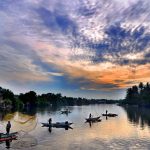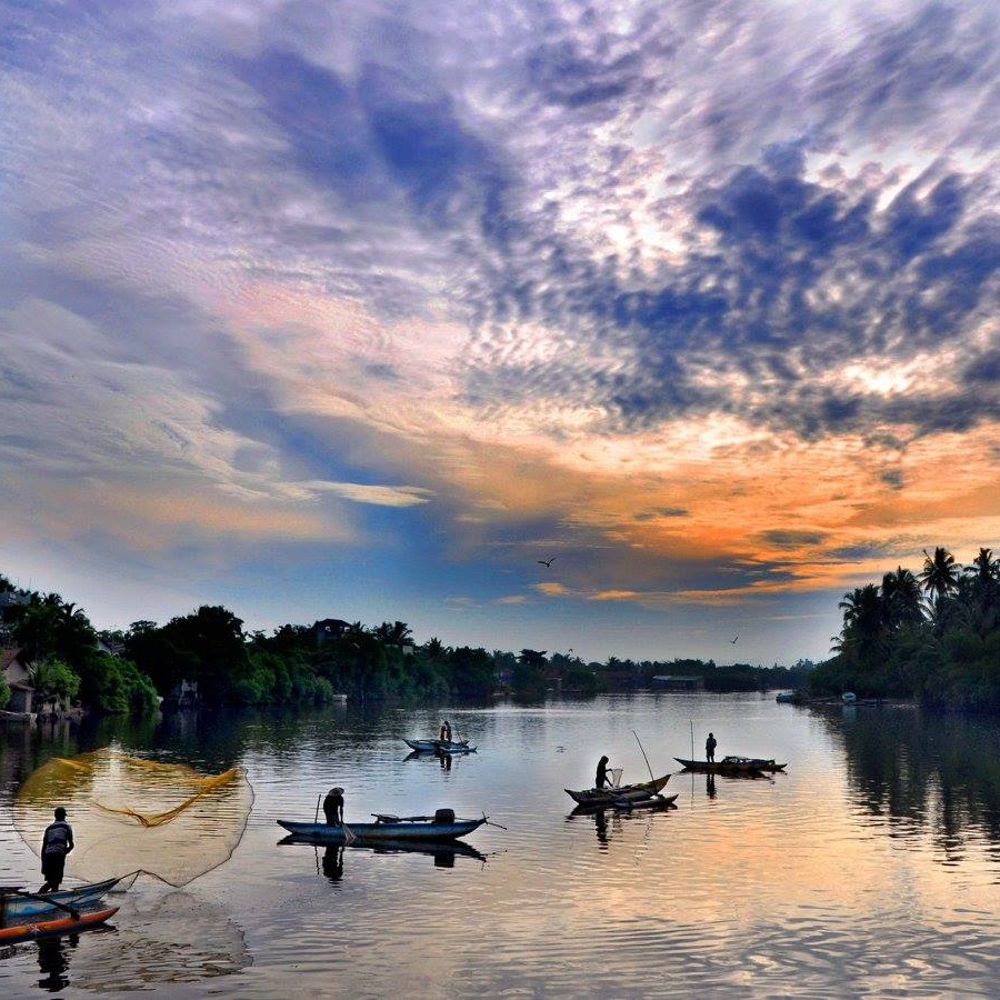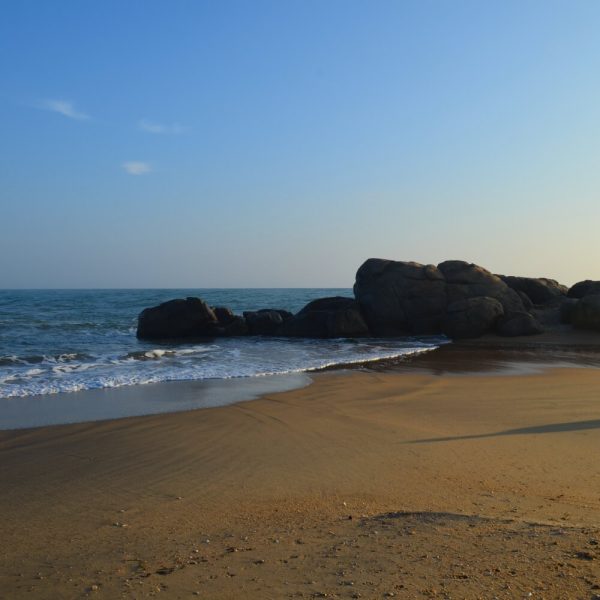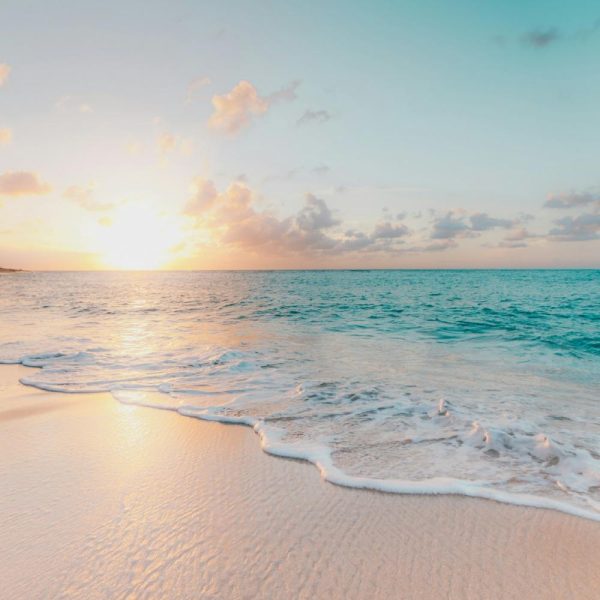Description
The Negombo Lagoon is a large estuarine lagoon located on the west coast of Sri Lanka, near the town of Negombo. It is one of the country’s most significant coastal wetlands and plays a vital role in the local ecosystem.
Here are some key features and aspects of Negombo Lagoon:
- Biodiversity: Negombo Lagoon is home to a rich diversity of flora and fauna, including various bird species, fish, and other aquatic life. It serves as an important habitat for resident and migratory birds, making it a popular destination for birdwatchers and nature enthusiasts.
- Fishing: The lagoon supports numerous fishing communities whose livelihoods depend on its resources. Traditional fishing methods such as net fishing and crab harvesting are common in the area.
- Tourism: Negombo Lagoon is also a popular tourist destination, offering activities such as boat rides, kayaking, and birdwatching tours. Visitors can explore the lagoon’s mangrove forests, observe birdlife, and learn about the local ecosystem.
- Mangrove Forests: The lagoon is surrounded by extensive mangrove forests, which provide important ecosystem services such as coastal protection, carbon sequestration, and habitat for various wildlife species.
- Threats and Conservation: Like many coastal ecosystems, Negombo Lagoon faces threats such as pollution, habitat degradation, and overfishing. Efforts are underway to conserve and restore the lagoon’s ecological health through initiatives such as mangrove restoration projects and sustainable fisheries management.




























